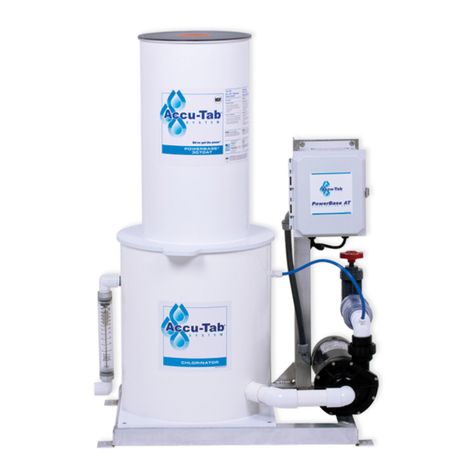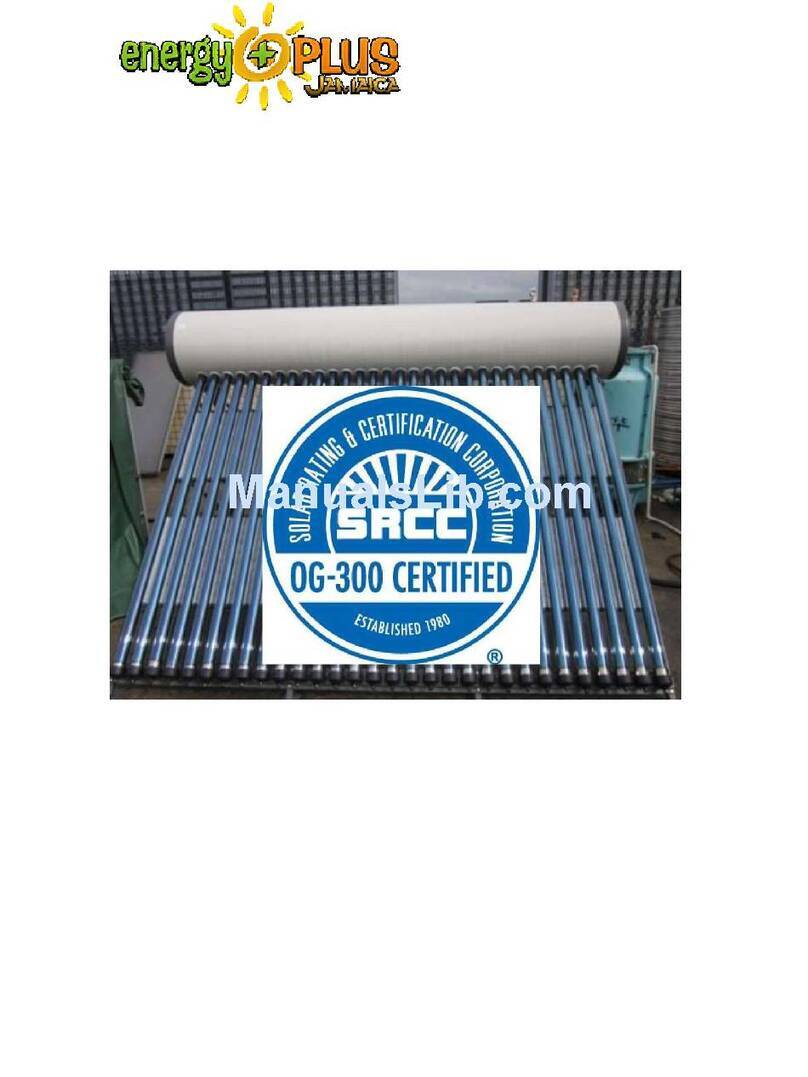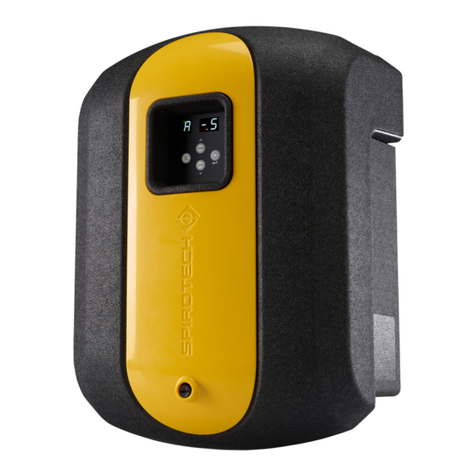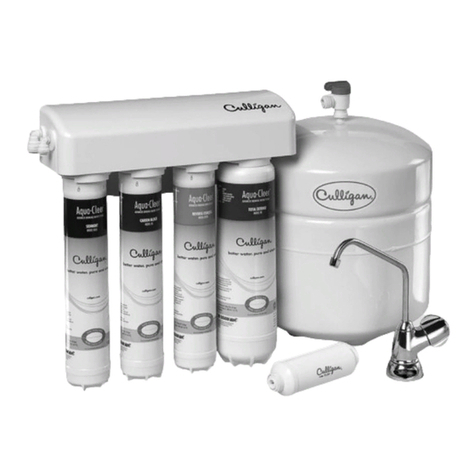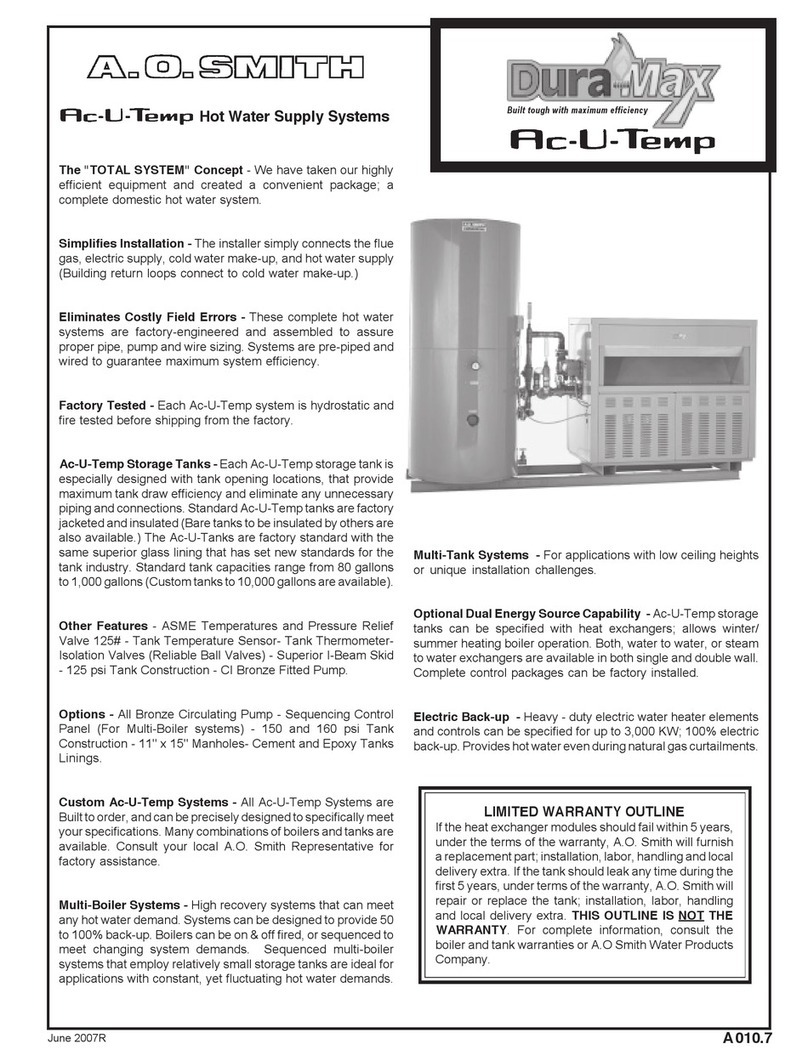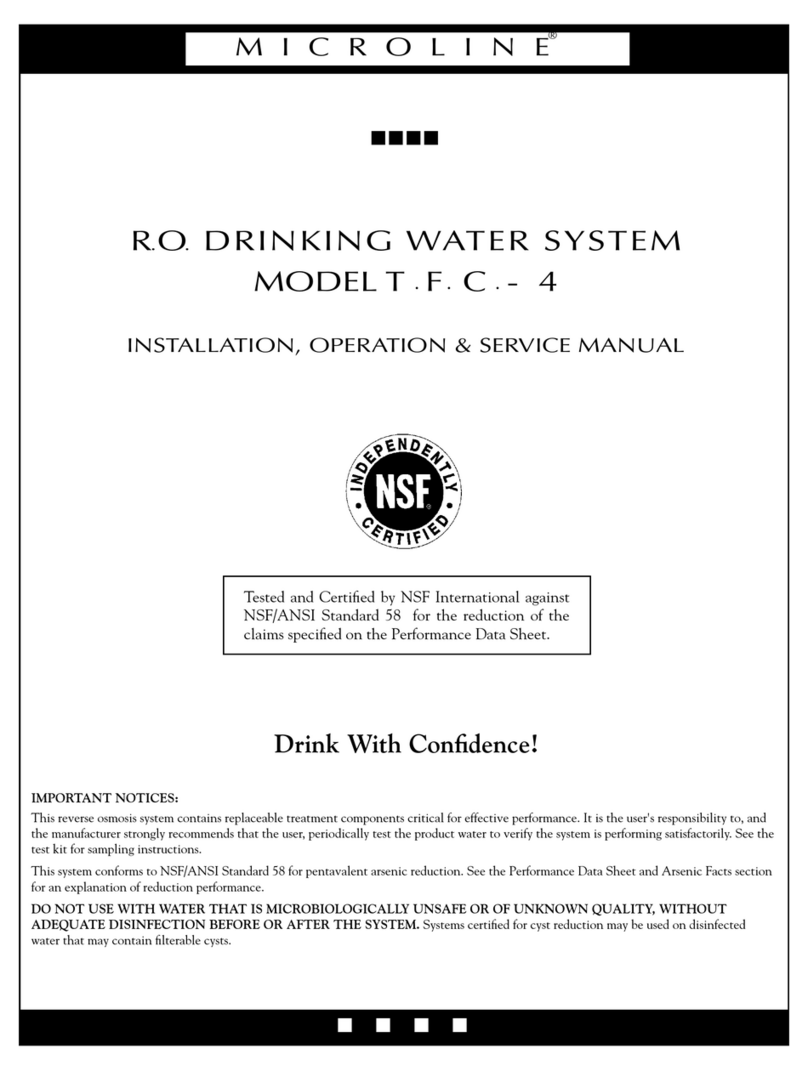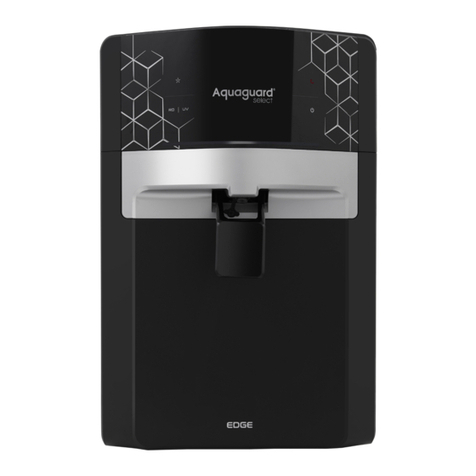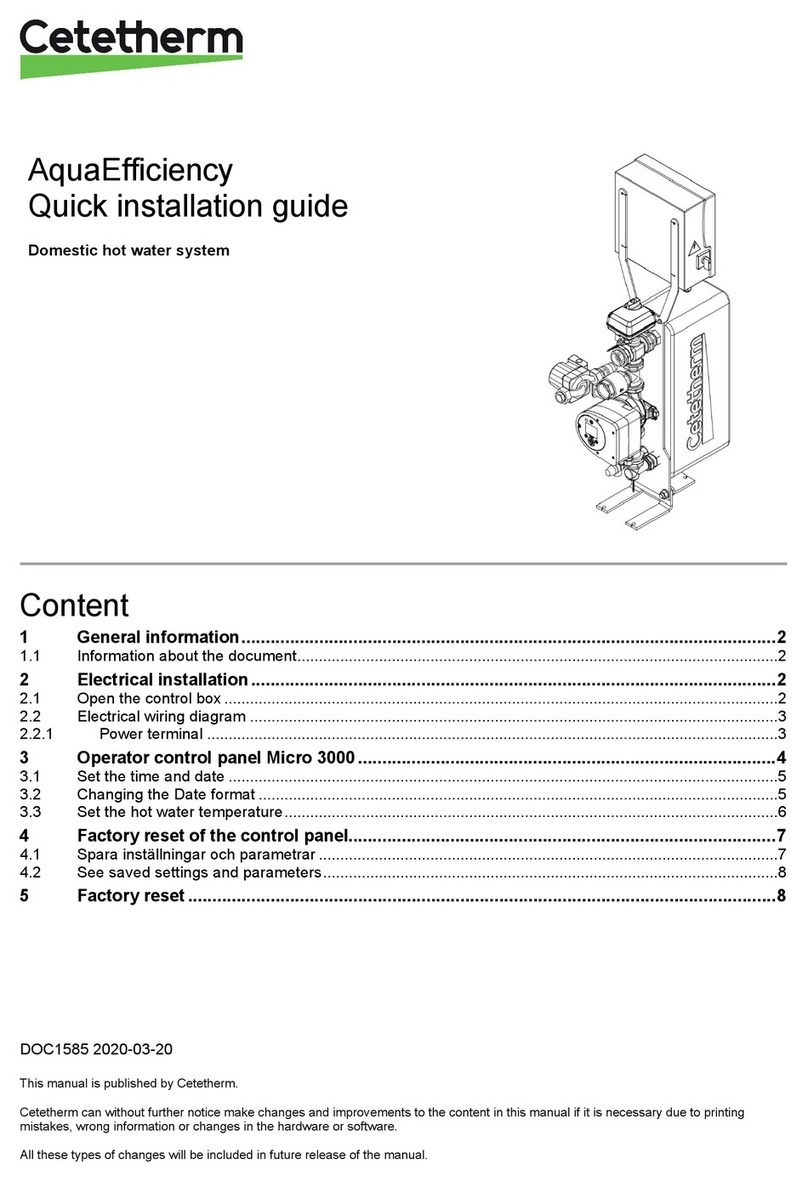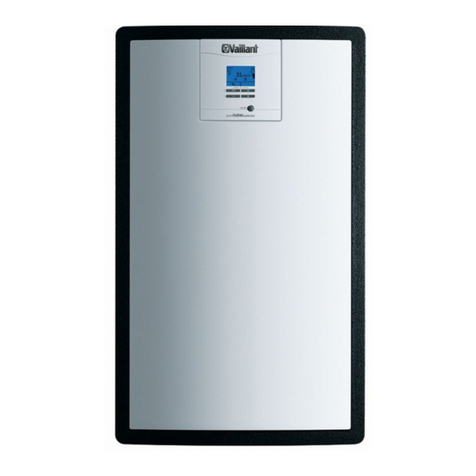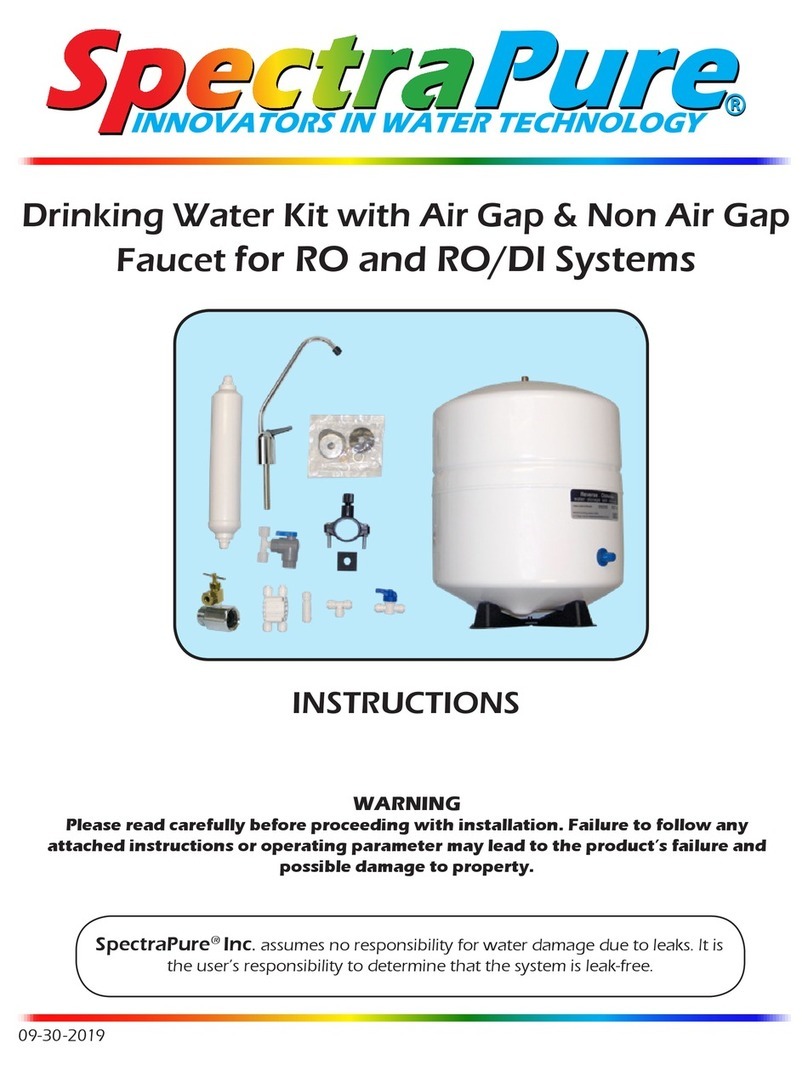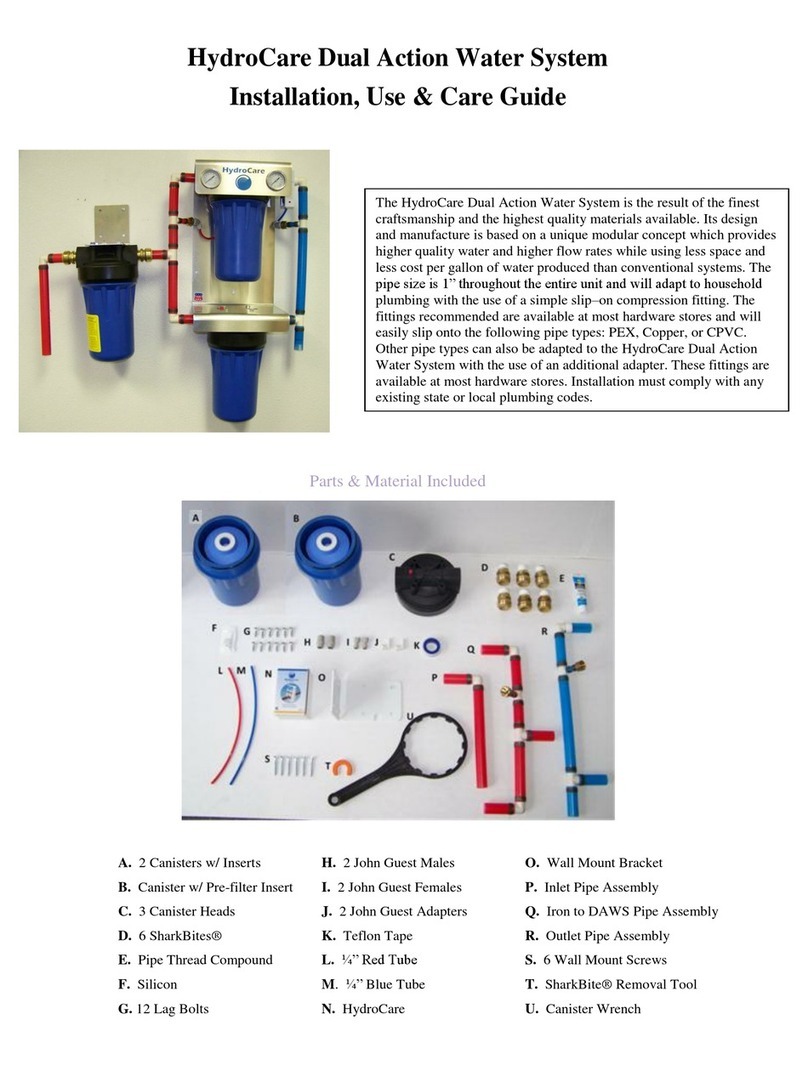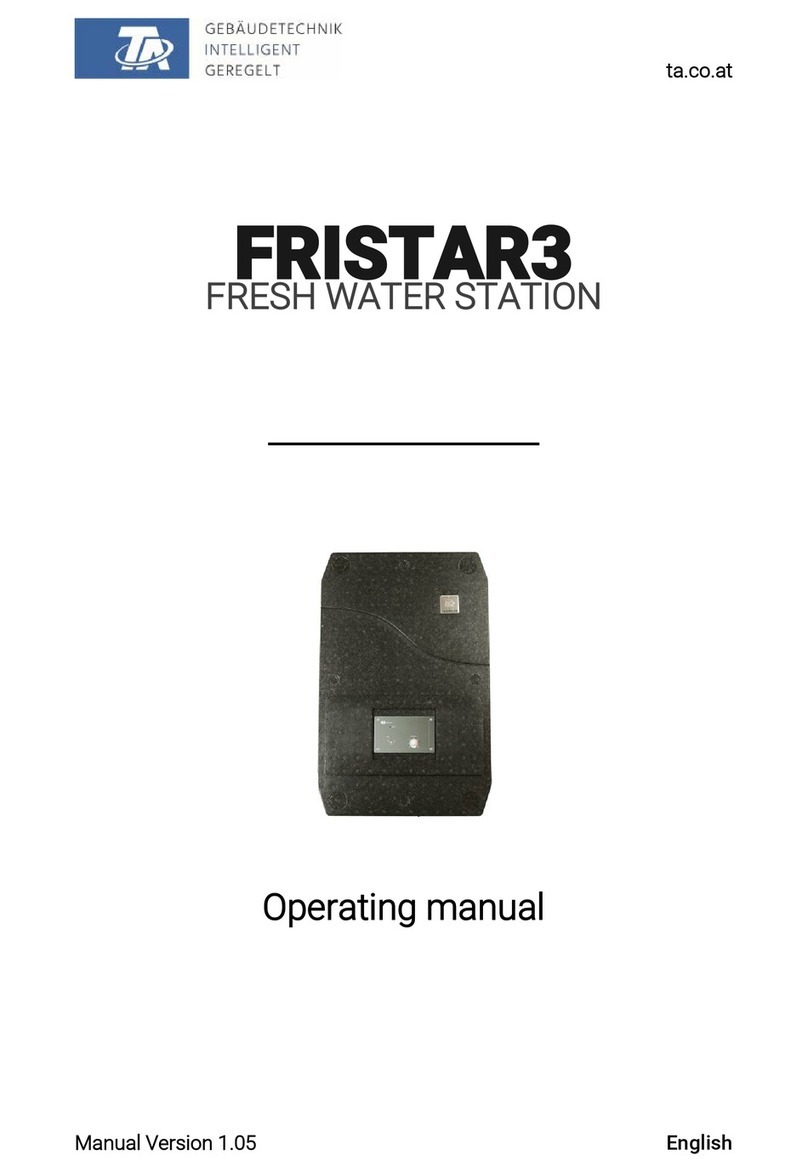
Corporate
800.882.8854
7
General Description
The use of reclaim water has become an important method for the car wash operator to
reduce his / her operating expenses (water and sewer costs) and start-up costs (impact
and connection fees). Many municipalities are now requiring the use of water reclamation
systems in car wash operations and operators are continually looking for ways to increase
prots. As a result, reclaim systems are becoming essential in the overall operation of the
wash.
Reclaim water is the re-use of water that has already been used in the wash and recovered
by the drain system in the wash bay. Most drain systems consist of a catch basin to settle
out the large solids, followed by a series of underground settling tanks to remove oil and
grease, oatable materials and settle-able solids. Overow water from the last reclaim tank
is then discharged to sewer or through an oil / water separator and then to a sewer.
Water from the reclaim tanks contains solids that have not settled within the tank. These
solids are typically small in size (less than 150 microns) and consist of clay and silt. These
solids can increase wear on pumps, piping and nozzles, and increase the potential of
plugging nozzles. The environment inside reclaim water tanks will promote unwanted
biological growth. Anaerobic bacteria grows in the absence of oxygen, this bacteria will
grow in the reclaim tank. Anaerobic bacteria produces hydrogen sulde and methane gas
that has an odor similar to rotten eggs. A properly designed reclaim system must both
remove solids and provide odor control.
A PurWater reclamation system takes water from the last compartment of the reclaim tank
and treats it further so that the quality is acceptable for re-use in the wash. The PurWater
reclaim system also returns a portion of the water back to the reclaim tank to provide
biological / odor control. Reclaimed water that is treated by a PurWater system can then
be used for the undercarriage, side panel blasters, mitters, high pressure rinse cycles,
and landscape irrigation. Using reclaimed water on these applications greatly reduces
the overall amount of city water required by the wash. It also reduces the amount of
water discharged to sewer. The Reclaim treats 100% of the water entering the tanking and
typically, 60-75% of the water used on the car can be reclaimed water.
PurWater Reclaim System
The PurWater Reclaim System consists of cyclonic separators to remove solids down to
the 5 micron range and one of two methods (air sparger, or ozone addition) to control odor
and biological growth. The system is contained on a compact frame with its own pump /
motor and controls. The system will recirculate water continuously back to the reclaim tank
system for odor and biological control. When a demand for reclaim water is received from
the wash, the system will provide treated reclaim water at a set pressure of 40psi.
Reclaim Water Systems
